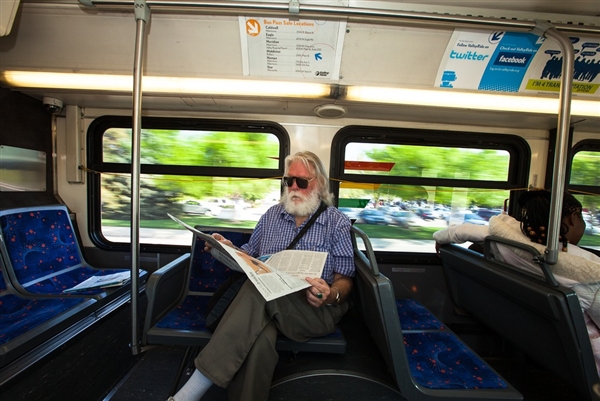For the financially insecure, payday lending is like a drug addiction – try it once or twice, get hooked, and suffer the consequences.
NBC News covered the payday loan trap and the dire effects it has on everyday Americans. Take 66-year-old Boise resident and veteran Raymond Chaney, who – after a few loans to help make ends meet – ended up owing four times as much as he had originally borrowed.
The 66-year-old veteran from Boise lives off of Social Security benefits, but borrowed from an Internet payday lender last November after his car broke down and didn’t have the $400 for repairs. When the 14-day loan came due, he couldn’t pay, so he renewed it several times.
Within months, the cash flow nightmare spun out of control. Chaney ended up taking out multiple loans from multiple sites, trying to stave off bank overdraft fees and pay his rent. By February, payday lenders — who had direct access to his checking account as part of the loan terms — took every cent of his Social Security payment, and he was kicked out of his apartment. He had borrowed nearly $3,000 and owed $12,000.
“I’m not dumb, but I did a dumb thing,” said Chaney, who is now homeless, living in a rescue mission in Boise.
Chaney’s story, while depressing, is not unique; many Americans living paycheck-to-paycheck have been trapped in a cycle of debt and poverty as a result of high-interest payday loans. Because these loans are often a last resort for consumers, if they ever get behind, they’re forced to take out even more – leading to larger problems.
The Center for Responsible Lending has a list of stories from payday lending victims who have also experienced disaster. Here are a few:
Sandy: Sandy Hudson’s first payday loan was for $100, with an $18 fee. She worked down the street from the payday shop, and since she was short on cash, she called to see what she needed to get a loan … Sandy got caught up in the payday lending trap, taking out multiple loans to pay the fees on each one as they became due. At one point, she was paying $300 every two weeks for four different loans. Over a six month period, this added up to $3600, but she was in the trap much longer … She filed for bankruptcy.
Mary: With retirement and disability income, Mary Hamilton, a 62-year-old African-American mother and grandmother brings in about $1000 per month. She took out her first payday loan because she needed “a little extra” money to go out of town. Like many borrowers, she had to take out a second payday loan to pay off the first. She now has loans with four payday lenders… The fees Mary has to pay to keep from defaulting on her payday loans add up to over 40 percent of her monthly income.
A quick Google search of payday lending horror stories is a simple reminder of the predatory nature of the industry. While some are able to take out a payday loan or two just to get their finances back on track, many get hooked – needing the next another loan to recover from the last. As legislators both in our state and nationwide take a closer look at the payday loan industry, they should consider not only the consequences it has to the economy as a whole, but its effect on peoples’ lives.
By EOI Intern Bill Dow
More To Read
March 24, 2025
Remembering former Washington State House Speaker Frank Chopp
Rep. Chopp was Washington state’s longest-serving Speaker of the House
February 11, 2025
The rising cost of health care is unsustainable and out of control
We have solutions that put people over profits
January 29, 2025
Who is left out of the Paid Family and Medical Leave Act?
Strengthening job protections gives all workers time they need to care for themselves and their families

